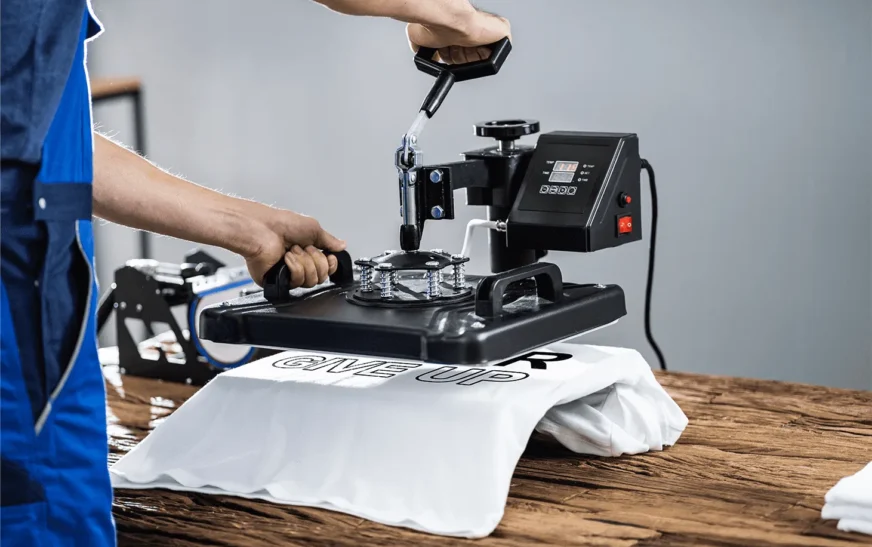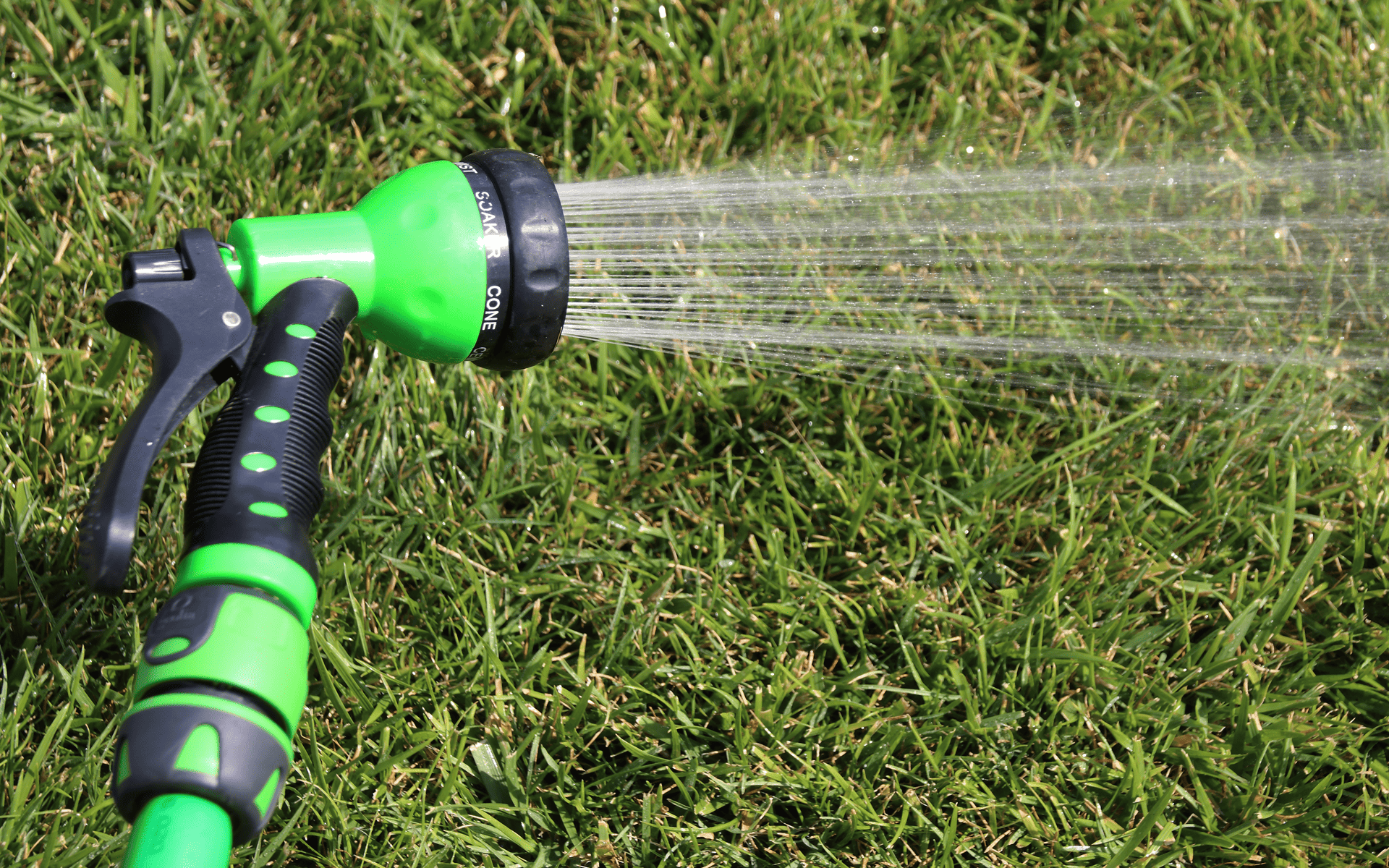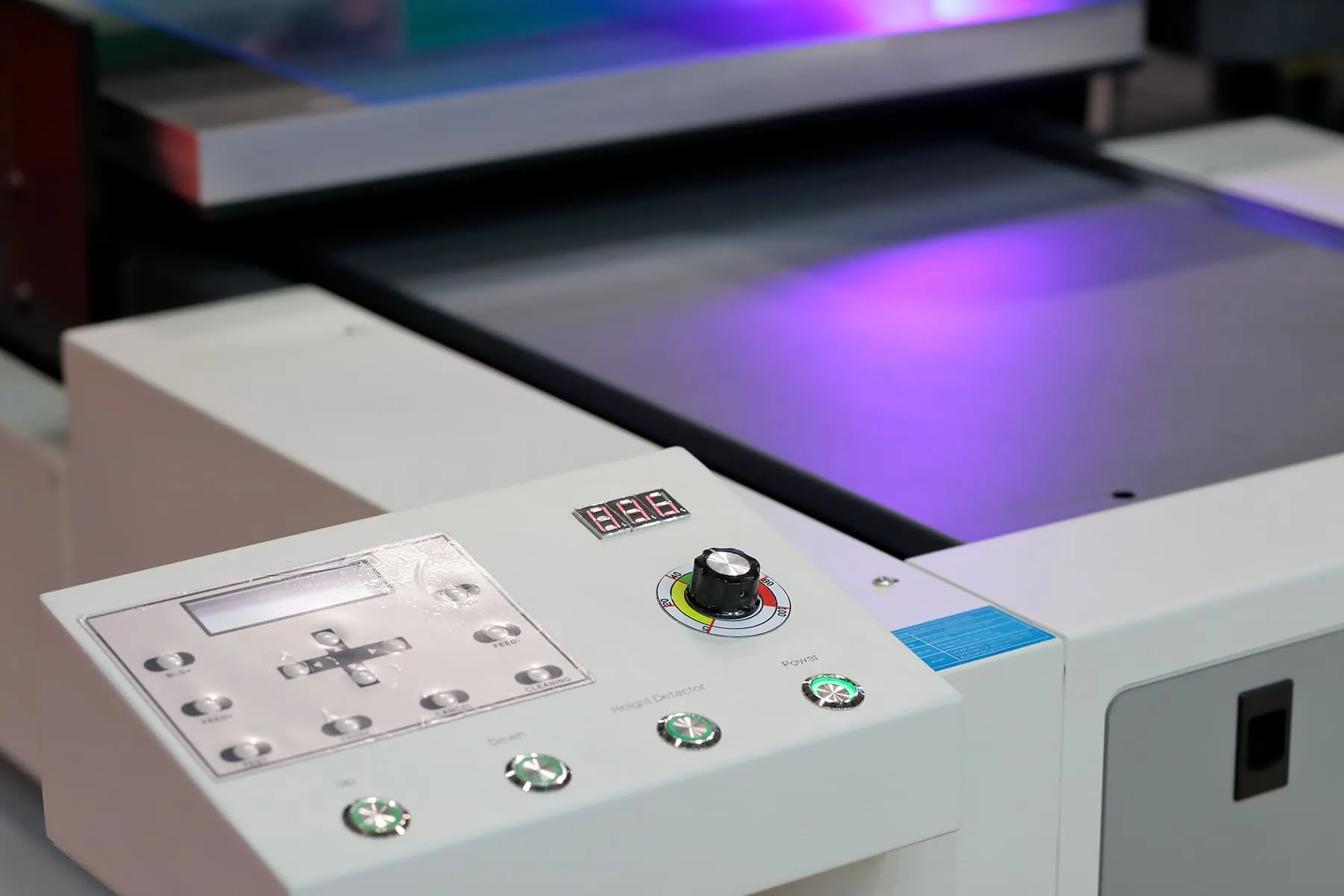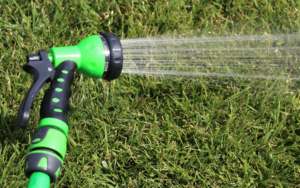Heat transfer printed clothing is a popular choice for businesses and individuals looking to create customised apparel with unique designs. This method allows for vibrant and detailed prints that can be applied to a wide range of fabrics. However, to maintain the quality and longevity of these prints, it is essential to provide special care and attention.
Advantages of Heat Transfer Printing
Heat transfer printing offers several advantages over other printing methods:
- Vibrant Colours: Heat transfer printing produces vibrant and vivid colours that can bring designs to life.
- Versatility: This method can be used on a wide range of fabrics, including cotton, polyester, and blends.
- Detail: Heat transfer printing allows for intricate and detailed designs that are difficult to achieve with other methods.
- Durability: When properly cared for, heat transfer prints can withstand repeated wear and washing without fading or peeling.
Why Special Care is Necessary

The quality and longevity of heat transfer printed clothing depend on how well the garments are cared for. Without proper care, the prints can fade, crack, or peel over time. Special care is necessary to preserve the vibrancy and detail of the prints.
Preventing Damage
Heat transfer prints are susceptible to damage from heat, abrasion, and harsh chemicals. Proper care can help prevent damage and ensure that the prints remain intact and vibrant for as long as possible.
Extending Garment Life
Taking care of heat transfer printed clothing not only preserves the prints but also extends the overall life of the garments. Proper washing, drying, and storage practices can help prevent wear and tear, allowing you to enjoy your customised clothing for longer.
How to Care for Heat Transfer Printed Clothing

Proper washing is crucial for maintaining the quality of heat transfer printed clothing. Here are some tips to keep in mind:
- Turn Inside Out: Before washing, turn the garments inside out to protect the prints from abrasion and friction during the wash cycle.
- Use Cold Water: Wash heat transfer printed clothing in cold water to prevent the prints from fading or cracking due to heat exposure.
- Gentle Cycle: Opt for a gentle or delicate cycle to minimise stress on the fabric and prints.
- Avoid Bleach: Harsh chemicals like bleach can damage the prints and fabric, so it’s best to avoid using them.
- Mild Detergent: Use a mild detergent that is free from harsh chemicals and additives that could damage the prints.
Drying Tips
Proper drying is just as important as washing when it comes to caring for heat transfer printed clothing:
- Air Dry: Air drying is the best method for drying heat transfer printed clothing. Hang the garments in a well-ventilated area away from direct sunlight to prevent fading.
- Low Heat: If you must use a dryer, choose a low heat setting to minimise the risk of heat damage to the prints.
- Avoid Overdrying: Remove the garments from the dryer while they are still slightly damp to prevent overdrying, which can lead to cracking and peeling of the prints.
Ironing Tips
Heat transfer prints can be damaged by direct heat from an iron, so it’s important to take precautions when ironing:
- Turn Inside Out: Always turn the garments inside out before ironing to protect the prints from direct heat.
- Low Heat Setting: Use a low heat setting on your iron to minimise the risk of damage.
- Use a Press Cloth: Place a thin cloth between the iron and the fabric to provide an extra layer of protection.
- Avoid Direct Contact: Never place the iron directly on the prints. Instead, iron around the printed areas to prevent damage.
Storage Tips
Proper storage can help extend the life of heat transfer printed clothing:
- Fold Carefully: Avoid folding the garments in a way that puts pressure on the prints. If possible, hang them to prevent creasing.
- Avoid Sunlight: Store the garments in a cool, dry place away from direct sunlight to prevent fading.
- Protect from Moisture: Ensure that the storage area is dry and free from moisture to prevent mould and mildew growth.
Conclusion
Heat transfer printed clothing offers a fantastic way to customise apparel with vibrant and detailed designs. However, to maintain the quality and longevity of these prints, it is essential to provide special care and attention. By following proper washing, drying, ironing, and storage practices, you can ensure that your heat transfer printed clothing remains vibrant and durable for years to come.













